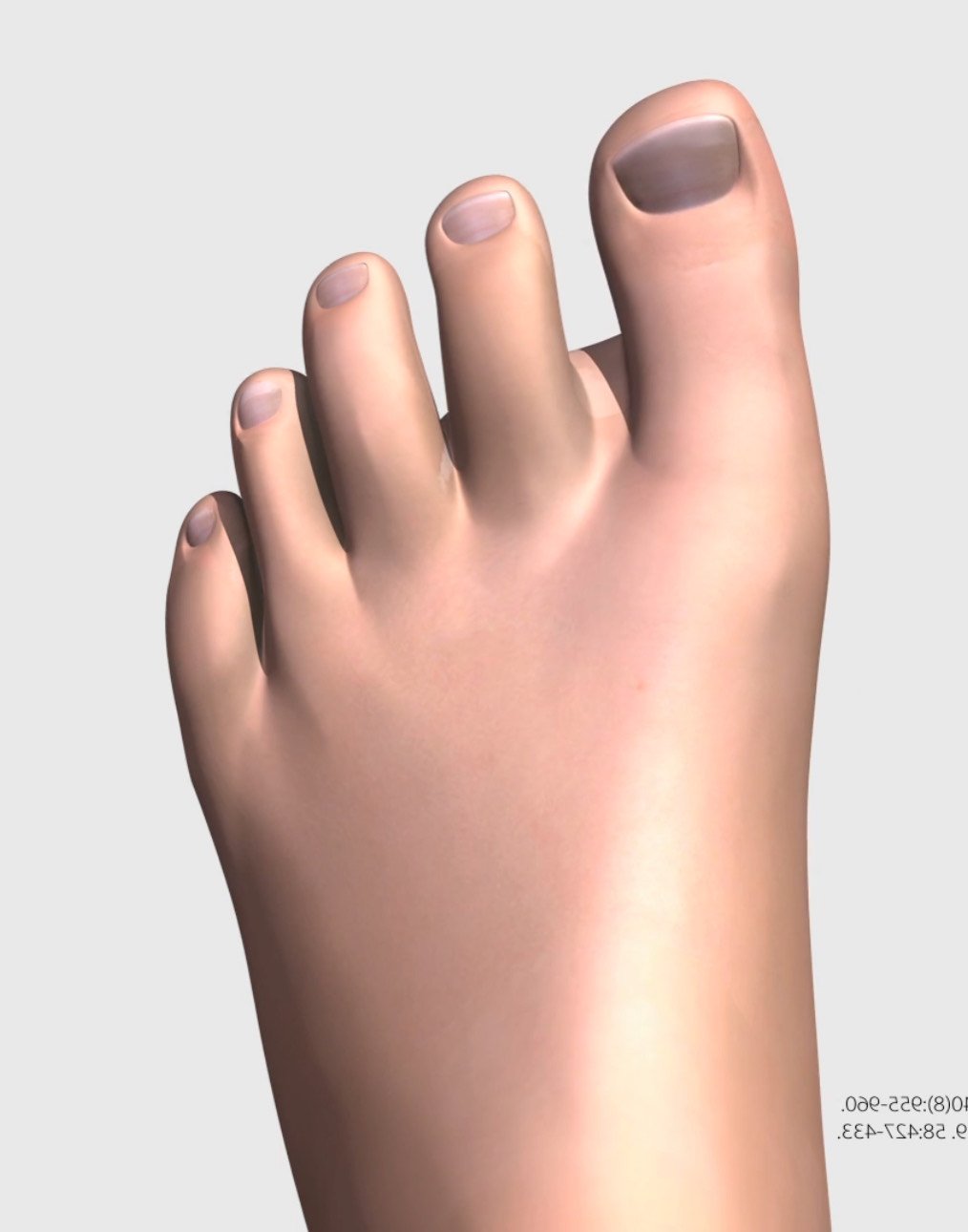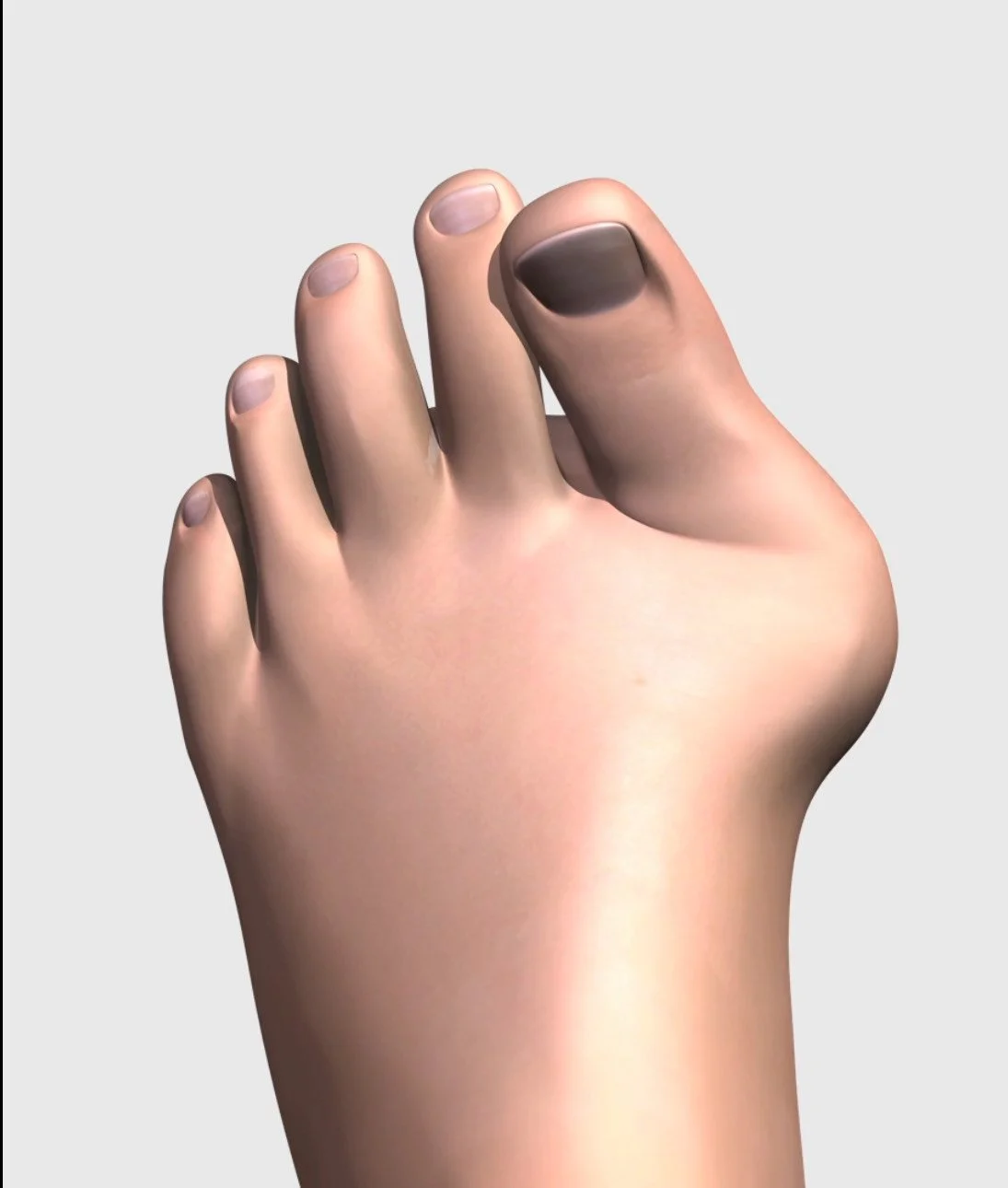What are the differences between MIS(Minimal Incision) Bunion Surgery and Lapiplasty® 3D Bunion Correction?
If you have searched for any information about bunion surgery on the internet lately, you have probably begun to see your social media and google searches be inundated with numerous ads offering the “best” option for bunion surgery. That bump by your great toe aches, but after reading all your options out there, it might result in a head hurting instead. Finding the right answer for you can be extremely daunting.
While my practice focuses on Lapiplasty® bunion correction, this article will attempt to give an unbiased presentation of the two most talked about options from this biased surgeon. I will keep my personal opinions out of the conversation.
Those two most talked about options are Minimal incision Bunion Surgery(MIS) or Lapiplasty®.
To begin, lets discuss what problems patients want resolved with their surgery.
6 most common issues patients want to see addressed
1) My foot hurts, and I don’t want it to hurt anymore.
2) I want a have normal looking foot.
3) I have pain when in shoes, I just want to wear normal shoes like everyone else.
4) I don’t want to be off my foot for a long time if I have surgery.
5) I heard bunion surgery hurts, I don’t want to have a lot of pain.
6) I hear bunions come back after surgery, I don’t want mine to return.
Now these most common concerns are stated, lets get started. We will revisit these at the end to help you make your decision.
My simple definition of a bunion is below.
Bunion - A bunion is a bump at the great toe joint, caused by an abnormal widening of the foot, due to a genetic instability of a joint in the middle of the foot called first TMT joint.
Normal foot without bunion
Foot with bunion deformity
Main selling points of surgical implant companies advocating each option.
1) Minimal incision bunionectomy (MIS) - main focus is the size of incisions for bunion correction.
2) Lapiplasty® 3D bunion correction – main focus is restoring normal alignment of misaligned metatarsal bone in all three dimensions
To better understand which of these options is best for you let’s look at why each option was developed.
What is MIS?
Minimal incision surgery (MIS) for bunions implements the more traditional 2D osteotomy approach, meaning the first metatarsal bone is cut in half, and moved over before being fixated with screws or a metal plate. Sometimes a rotation of the cut bone is used to help realign the joint but not always depending on the manufacturer and surgeons approach. This is designed to fix mild to moderately sized bunion deformities, not severe bunions.
MIS options. the upper left image shows MIS option for correction of metatarsus adductus deformity where multiple bone are misaligned, not just the one behind great toe joint.
Several differences however are noted with MIS compared to the traditional osteotomy approach.
1) Smaller incisions are made compared to traditional 2D approach. The argument presented is that this results in more cosmetic scars, and potentially less post-operative pain.
2) The bone is surgically “broken” with a saw as in traditional osteotomies, and cut in a way to create stability during healing. In MIS surgery the cut is made straight through the bone with flat cut. Sometimes a side cutting drill bit is used instead of a saw to cut bone.
3) Traditional osteotomy is stabilized with two short screws where MIS uses larger and longer screws, or a plate and screws (see photos above)
4) In traditional surgery the wound is a longer open incision and screws are placed manually. In MIS targeting guides are often used to direct screws since placement is blind.
What is Lapiplasty®?
Lapiplasty differs from the 2D osteotomy because it aims to correct the bunion at the source of the deformity. It is modeled after an approach called the Lapidus, still used by the majority of surgeons for very large bunions or bunions with excessive instability at the joint of bunion deformity origin, the first TMT joint (tarsometatarsal). This is designed to fix, mild, moderate and severe bunion deformities.
Upper left image shows correction of severe bunion with Metatarsus Adductus.
Several differences are noted with Lapiplasty® compared to the traditional osteotomy approach.
1) The bone is realigned at the source of the bunion deformity, the TMT joint, using specialized guides and positioners. No free hand cutting of bone like a traditional osteotomy. This is done to create reproducible results..
2) The metatarsal bone is not cut in half, instead the unstable TMT joint at source of deformity is stabilized with two plates and associated screws.
3) Incision if made in the midfoot not in the top of great toe joint.
4) It can fix severe bunion deformities as well.
5) Comes with instrumented options for patients with severe bunions and a condition called metatarsus adductus as seen above.
What were these two surgical options created to solve?
As reported by manufacturers and surgeons who use this technique, a summary of MIS goals are as follows.
1) Smaller incisions for smaller scars
2) Smaller incisions equal less post-operative pain
3) Earlier weightbearing after surgery and faster return to normal activity
4) Less swelling after surgery
While incisions are smaller, it is up for debate in the academic community about claims 2, 3, and 4 as articles and studies exist supporting both Lapiplasty® and MIS that achieve these goals. A true head to head comparison with the same surgeon has yet to be done as of the date of publishing this blog.
Lapiplasty® was designed to do following.
1) Fix the bunion at the source of the deformity.
2) Restore normal alignment of metatarsal bone in all three dimensions.
3) Use of instrumented cutting guides and positioners to reduce surgical errors and create reproducible results.
4) Allow early weightbearing after surgery through stable fixation.
Now all the above information is just the arguments for each option. When doing your research it is recommended you read what each company cites as proof of their products efficacy. Yes that means reading boring studies when they are available. Treace Medical Concepts, the manufacturer of Lapiplasty® makes their studies available at the url below. I attempted to find publicly available studies through MIS manufactures websites but none could be found available for the public to read. This means you have some homework.
https://www.lapiplasty.com/surgeons/journal-publications/
Stated arguments against using MIS or Lapiplasty® by surgeons using these two options
No inference on their validity of each claim is made here, it is for you to decide now that you know what each procedure entails.
Common arguments against MIS option, for Lapiplasty®
1) Does not fix the problem of an unstable joint in the middle of foot, therefore likelihood of recurrence is higher than Lapiplasty®
2) Pain after surgery is not dependent on incision size, it is dependent on the cutting of bone, therefore pain after surgery would not be less than traditional osteotomy surgery.
3) After surgery the misaligned bone is not straightened, it is bent into a curved abnormal bone to achieve foot narrowing.
4) Osteotomy is unstable since is a straight through cut, not a multiple cut angle for stability (i.e. Austin, Scarf, etc)
5) Foot width is not reduced completely to its normal width fully.
6) Abnormal widening or gapping can occur between the great toe and second toe because the spacing of metatarsals is not truly restored in larger bunion deformities.
7) It cannot fix severe deformities, or deformities with metatarsus adductus.
8) When using a drill to cut a bone can shorten, or soft tissue structures like vessels can can caught on drill and damaged or torn.
9) Rotation of the metatarsal, which is rotated almost 87% of the time, is not achieved with all available options on market.
10) Sesamoid bones are not fully reduced into their normal position. The great toe joint has two small bones called sesamoids like kneecaps of the big toe. Leaving them out of place can lead to recurrence or arthritic changes over time.
Common arguments against Lapiplasty®, for MIS option
1) Fusing the joint in the midfoot results in foot stiffness
2) Incision length leads to increased post-operative pain
3) Longer incision used by Lapiplasty® results in less cosmetic result
4) Cutting away joint and fusing it shortens the first metatarsal.
To make your decision, remember the 6 things stated at the beginning of article that are the most often concerns for bunion patients in my experience.
1) My foot hurts, and I don’t want it to hurt anymore.
2) I want a have normal looking foot.
3) I have pain when in shoes, I just want to wear normal shoes like everyone else.
4) I don’t want to be off my foot for a long time if I have surgery.
5) I heard bunion surgery hurts, I don’t want to have a lot of pain.
6) I hear bunions come back after surgery, I don’t want mine to return.
Follow links to patient education websites below for more info to help you make your decision.
Lapiplasty
https://www.lapiplasty.com/
MIS options
https://www.arthrex.com/foot-ankle/minimal-invasive-surgery
https://www.crextremity.com/products-minibunion-implant/
https://www.crextremity.com/products-minibunion-implant/
Hopefully that helps you in you decision process, good luck!
More content can be found on this website about my opinions on bunion surgery and Lapiplasty® 3D bunion correction. Please view blog content for information on everything from length of recovery to cost of surgery.





